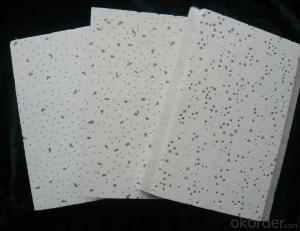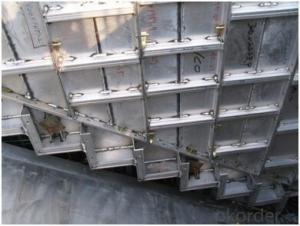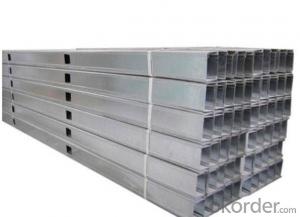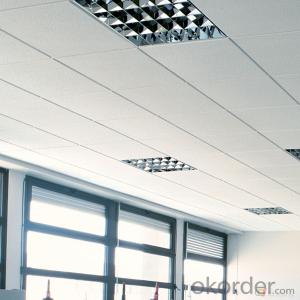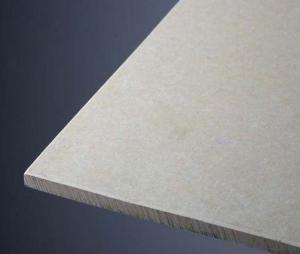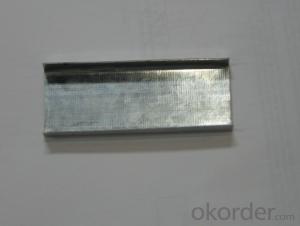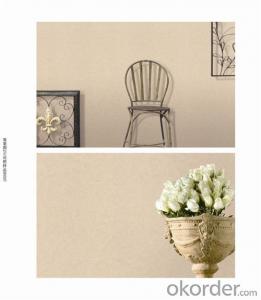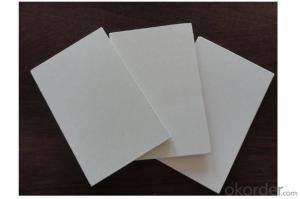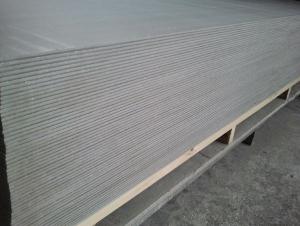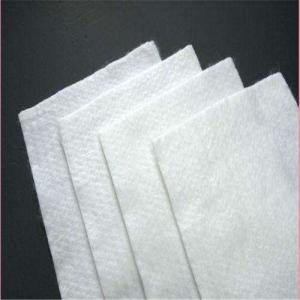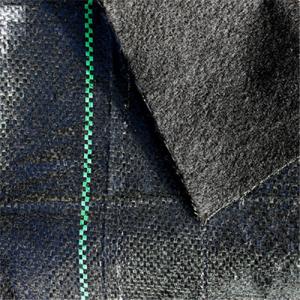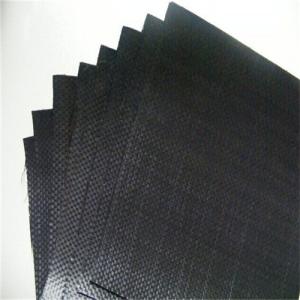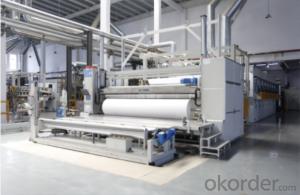Fabric Formwork For Concrete
Fabric Formwork For Concrete Related Searches
Led Lamps For Ceiling Micro Inverter For Solar Panel Solar Panel Inverter For Rv Fiberglass Panels For Roofing Decorative Lights For Ceiling Lights For Kitchen Ceiling Lights For Fall Ceiling Hanging Ceiling Chairs For Bedrooms 42 White Ceiling Fan With Light Solar Panel Kit With InverterHot Searches
Steel Mesh Panels For Sale Price For Stainless Steel Scrap Scrap Price For Stainless Steel Price For Stainless Steel Stainless Steel Plate For Sale Stainless Steel Tank For Sale Stainless Steel Sheets For Sale Cheap High Tea Sets For Sale Stainless Steel Tanks For Sale Stainless Steel For Sale High Density Fiberboard For Sale Solar Hot Water Collectors For Sale Scaffolding For Sale In Uae Scaffolding For Sale In Ireland Scaffolding For Sale In Houston Type Of Inverter For Solar Price Of Shipping Containers For Sale Types Of Inverter For Solar Stock Price For Aluminum Tilt Panel Props For SaleFabric Formwork For Concrete Supplier & Manufacturer from China
Okorder.com is a professional Fabric Formwork For Concrete supplier & manufacturer, offers integrated one-stop services including real-time quoting and online cargo tracking. We are funded by CNBM Group, a Fortune 500 enterprise and the largest Fabric Formwork For Concrete firm in China.Hot Products
FAQ
- When designing geotextile-reinforced walls, there are several factors that need to be considered. Firstly, the type and strength of the geotextile material must be chosen carefully to ensure it can effectively withstand the loads and stresses imposed by the wall's design and the soil conditions. Secondly, the wall's geometry and dimensions need to be determined, taking into account factors such as the height of the wall, the slope angle, and the overall stability requirements. Thirdly, the soil conditions and properties at the site should be thoroughly examined to understand their impact on the wall's design. This includes factors such as soil type, compaction level, moisture content, and shear strength. Additionally, the design should account for potential environmental factors such as rainfall, groundwater levels, and potential surcharges or seismic activity that could affect the stability of the wall. Furthermore, the construction and installation process needs to be considered, ensuring that the geotextile reinforcement is properly installed and securely connected to the wall structure. Overall, a comprehensive analysis of these factors is necessary to ensure the successful design and construction of geotextile-reinforced walls that are safe, durable, and effective in their intended purpose.
- Geotextiles help prevent clogging in drainage systems by acting as a filter. They allow water to pass through while preventing the passage of fine particles that could clog the system. The geotextile acts as a barrier, retaining the soil particles and allowing the water to flow freely, thereby maintaining the effectiveness and longevity of the drainage system.
- Geotextiles help in the reduction of subgrade pumping by providing a barrier that prevents fine particles from being carried by water through the soil layers. This helps to maintain the integrity of the subgrade by preventing the loss of fines and the subsequent pumping of water and soil particles to the surface.
- Yes, geotextiles can be used in shoreline revetment projects. Geotextiles are commonly used in shoreline revetment projects to provide erosion control, stabilize the soil, and enhance the overall integrity of the revetment structure. They can effectively prevent soil erosion while allowing water to drain through, reducing the impact of wave action and protecting the shoreline from further damage.
- Geotextiles help in reducing the risk of soil liquefaction by providing reinforcement and stabilization to the soil. When geotextiles are installed in areas prone to liquefaction, they act as a barrier between the layers of soil, preventing the movement and flow of water. This restricts the buildup of excess pore water pressure within the soil, which is a major factor in causing soil liquefaction. Additionally, geotextiles improve the overall strength and cohesion of the soil, making it less susceptible to liquefaction under seismic or water-induced loading.
- The environmental impacts of geotextile production include energy consumption during manufacturing, emissions of greenhouse gases, water and air pollution from chemical processes, and the generation of solid waste. However, compared to traditional construction materials, geotextiles have lower environmental impacts in terms of resource consumption, carbon emissions, and waste generation.
- Can geotexters cover grass seeds?
- Yes, a lot of lawns are covered, but with dozens of grams of geotextiles are used
- Performance and Application of Impervious Geotextile
- Anti-seepage geotextile has excellent water permeability, filterability, durability, can be widely used in railways, highways, sports museum, dams, hydraulic construction, then hole, coastal beach, reclamation, environmental protection and other projects. Mainly staple acupuncture non-woven geotextile and split film woven geotextile. Anti-seepage geotextile function: 1. The use of geotextiles good permeability and water permeability, so that water through, so as to effectively remove the loss of sand. 2. Geotextile has a good water conductivity, it can form a drainage channel within the soil, the soil structure of the excess liquid and gas efflux. 3. Using geotextile to enhance the soil tensile strength and resistance to deformation, enhance the stability of the building structure to improve the quality of soil. 4. Effective focus will be concentrated diffusion, transmission or decomposition, to prevent soil damage by external forces. 5. to prevent the upper and lower gravel, soil and concrete mixed between. 6. Mesh is not easy to plug - due to the formation of amorphous fibrous tissue structure and strain and mobility. 7. High permeability - under the pressure of soil water, can still maintain a good permeability 8. Corrosion resistance - to polypropylene or polyester and other chemical fiber as raw materials, acid and alkali, no corrosion, no moth, antioxidant. 9. Construction is simple - light weight, easy to use, simple construction. Anti-seepage geotextile characteristics High anti-puncture strength, large coefficient of resistance to aging performance, to adapt to the environmental temperature range Excellent excellent anti-drainage performance for water conservancy, chemical, construction, transportation, subway, tunnel, garbage disposal and other projects


